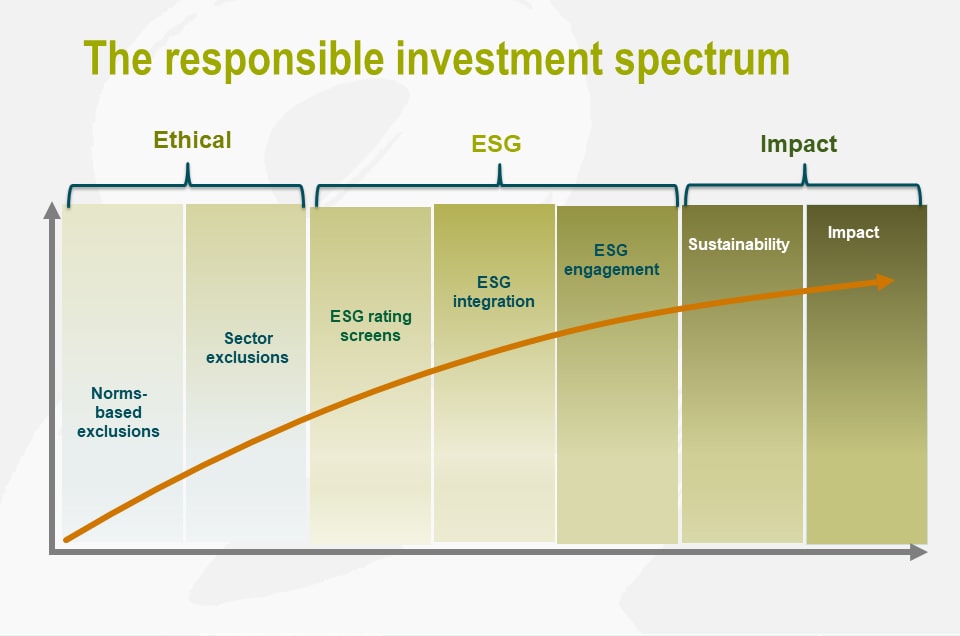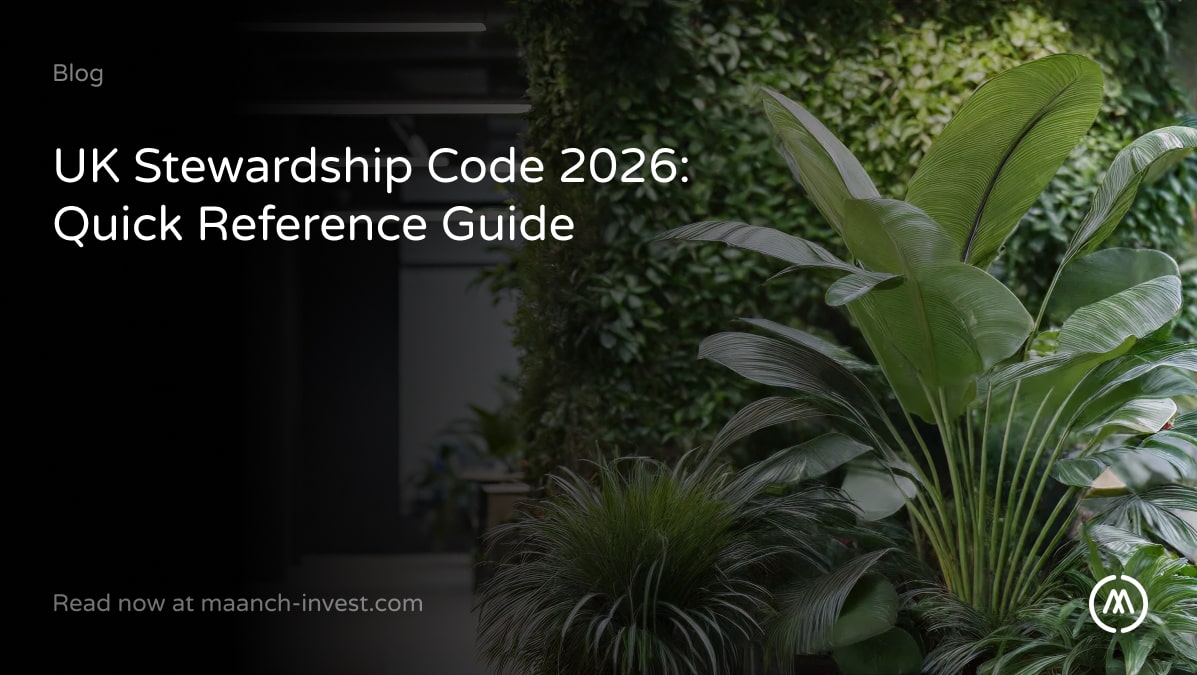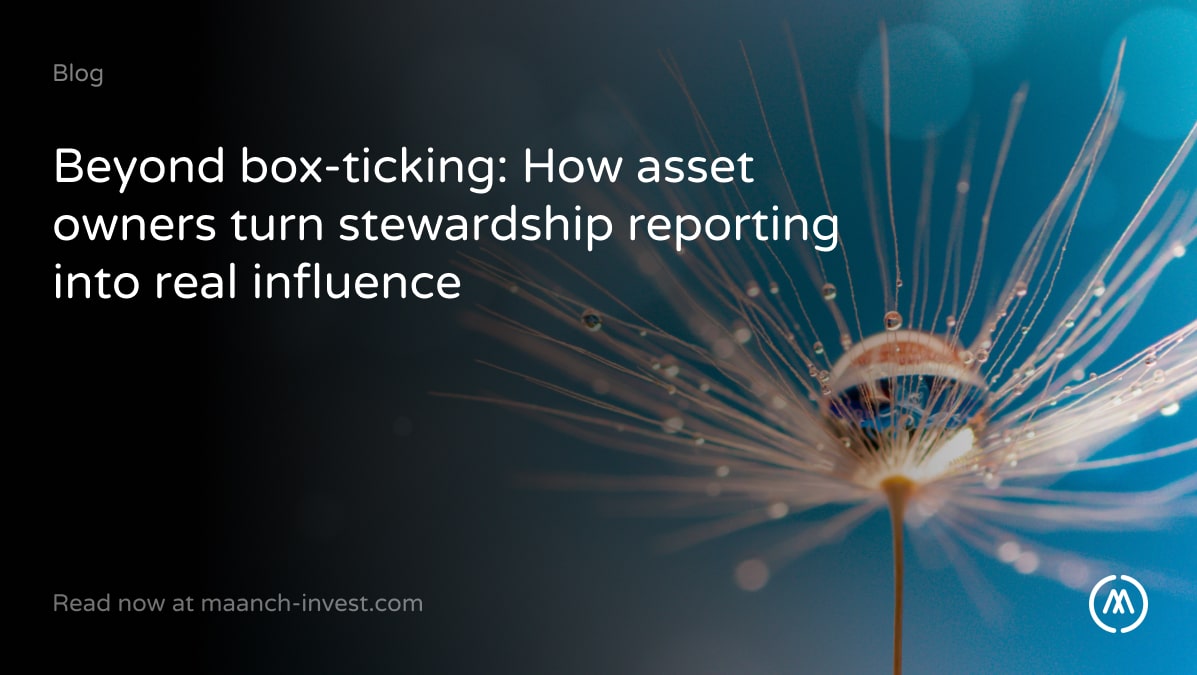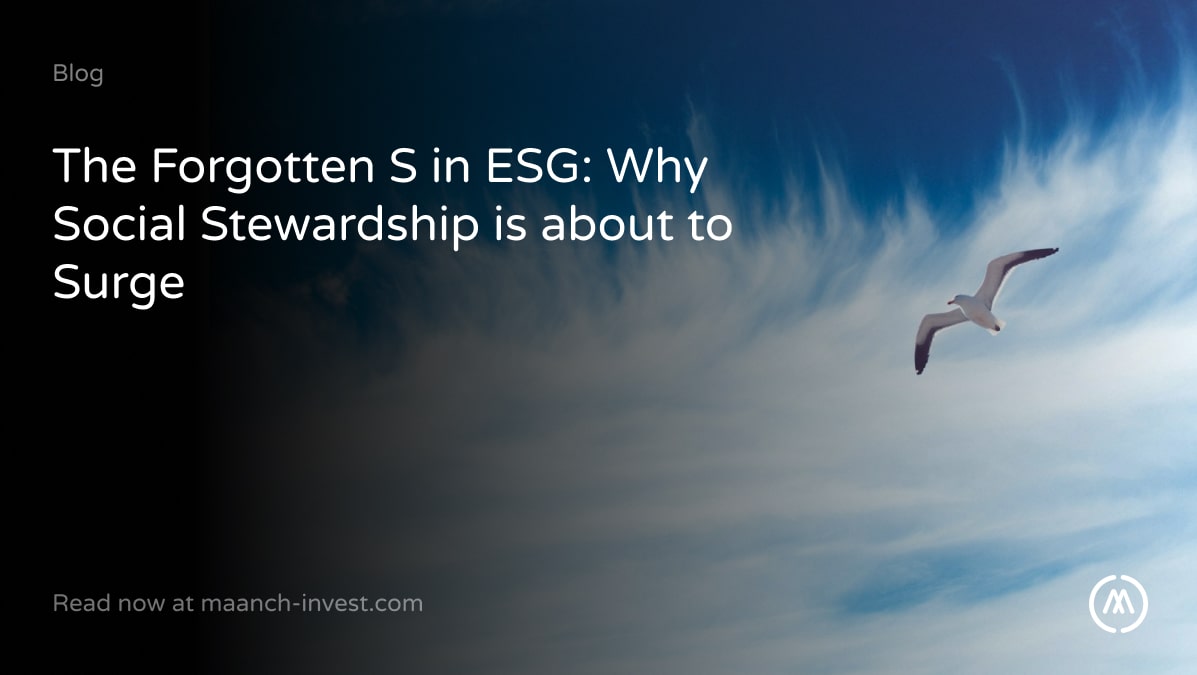Currently , the ESG integration seems to be one of the few pathways out of the GISA strategies that have actionable frameworks within the larger landscape of sustainable finance. Despite the scepticism over ESG investing being another stock bubble, this category of investments have reached a new maturity with new disclosure requirements for both corporates and investors. As part of the larger #buildbackbetter sentiment, in the gaping hole of inequalities that the pandemic has unearthed, investors are coming together in creative and collaborative ways to plug the need for solutions that go beyond just climate change: ETFs, negative screening, social bonds have all gone into the deployment of effective ESG-based investment strategies last year. However the journey from ESG (which is simply a framework to manage risks) to impact is still a long way to go. How will things shape up for 2021?
Regulatory requirements amped up!
Amidst the growing traction towards ESG incorporated investments in the UK, with over 69% affirming the same in a recent study conducted by Standard Life’s bi-annual survey, the top trend would be the demand for a technology platform enabler in easing access and clarity of information for decision makers, both for investors and corporates. Our M INVEST solution aims to address this need. With disclosure regimes like the Task Force on Climate-related Financial Disclosures (TCFD) in the UK and the EU taxonomy regulations alongside the SDFR (Sustainable Finance Action Plan), companies and institutional investors under the scanner would have to prepare for a complete data reporting and in some cases, a systems overhaul in this transition with relevant ESG metrics. As a first step, interested parties would need a clear picture of the different regulations that apply to the ESG-related investments; Check out Maanch’s timeline of the ESG evolution in the UK and road to 2050.
Context will be key
The bottlenecks with regard to the UK ESG landscape could be the first and foremost the macroeconomic destabilizing and unsustainable public finance. This is due to Brexit & Covid-19, as governments are firefighting immediate issues like unemployment instead of planning on long term goals. It doesn’t help that the UK government has always had a bit of laissez-faire approach to things where the role of regulators doesn’t reach its full potential of incentivising market players with attractive financial propositions with their investments. Moreover, one has to err on the side of caution in deploying the taxonomy of the matter: what is a sustainable investment? The net zero targets might be not aligned with several contexts differing in political leadership. In the UK the focus has always been on a clean growth strategy and a green recovery while in South Africa, for instance from the Global South where markets are not mature enough for net zero targets, the focus instead is on transitional asset classes. Conclusively ESG-related investments are attractive for their promise of transitioning asset classes into green and clean backed by strong risk mitigation capacities. It would also be safe to say that the pandemic has indeed caused a change of hearts; the ultra-rich are doubling up to cover up the inequalities and invest for impact over financial returns.
ESG will be a stepping stone to ‘Impact’
ESG does not equate impact and nor does it mean ethical. ESG is predominantly a risk framework, examining how companies might be exposed to environmental, social and governance factors and how they’ve deployed specific strategies to mitigate these risks (or not) that apply to multiple sectors. The journey from ESG integration to impact would include materiality (what is actually being accomplished and its magnitude), intentionality (investors focus on positive screening), additionality (impact of every euro, pound or dollar invested in a project) and measurability (financials, intangibles and tangible assets). The IMP (Impact Management Project) adopted by investors can alternatively provide an useful framework for businesses to model their strategies and KPIs accordingly to help them evolve in this journey. For example: the concept of ‘Additionality’ that remain popular among traditional impact investors (recently w/r green bonds) but deemed as hard to integrate into measurable, practical outlooks can be a window of opportunity for government policy regulators and companies to incentivise investors with robust financial propositions via facilitating data disclosure in a framework that effectively captures this aspect from within their supply chains.




